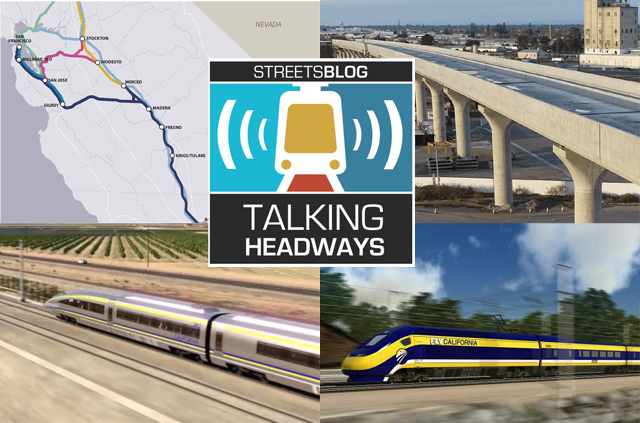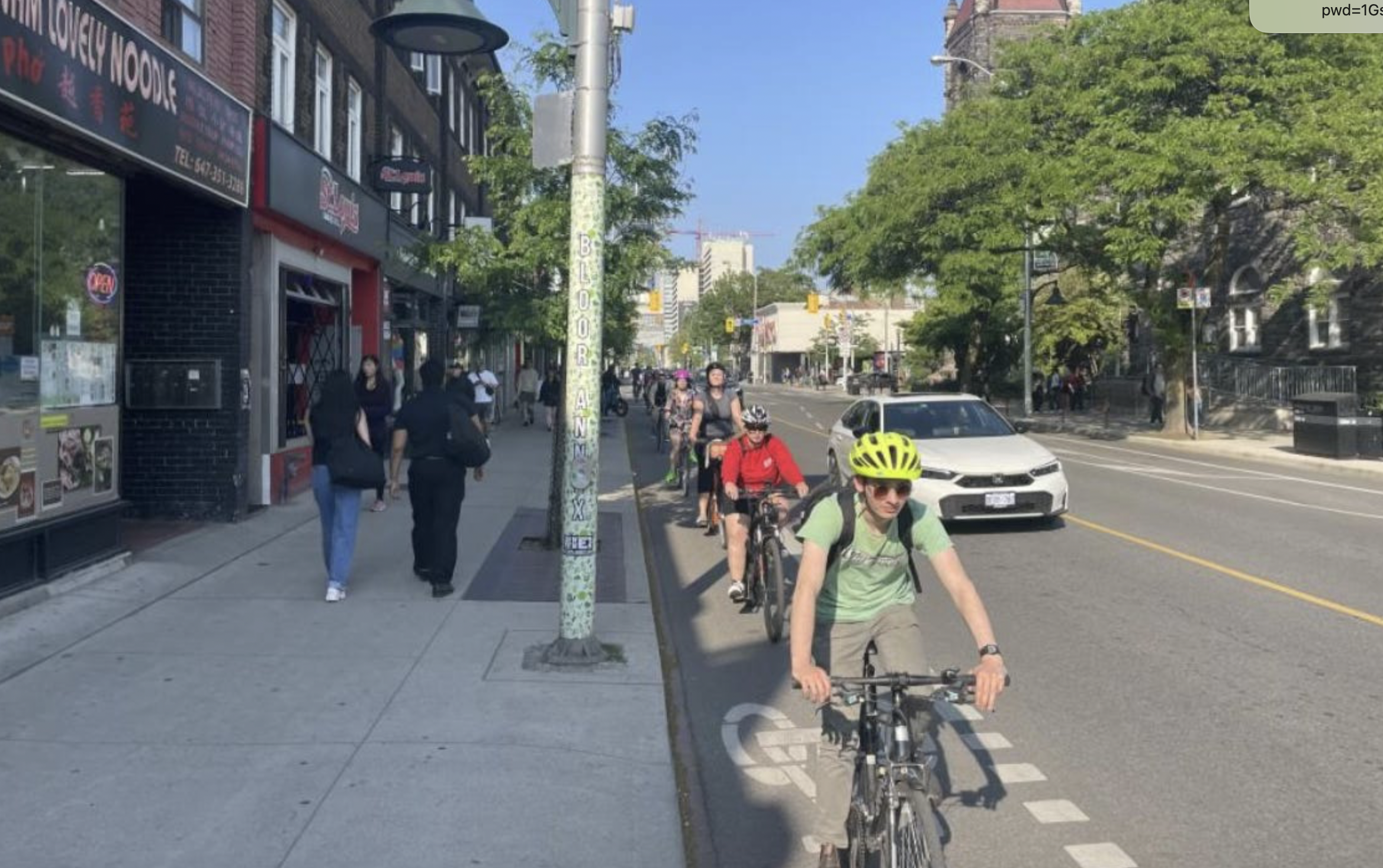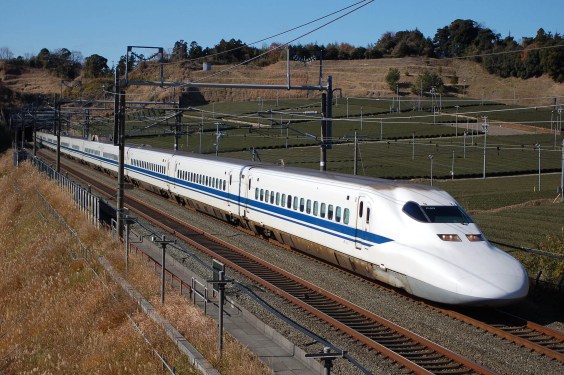This week, we’re joined by California High-Speed Rail Authority Northern California Regional Director Boris Lipkin. He talks with us about the project and the recently released draft environmental work. Lipkin also gives us his thoughts on megaregions, megaproject management lessons, and the agency’s ability to use future funds available through stimulus programs.
For those of you who prefer to read rather than hear, an edited transcript of the juiciest bits is below the audio player:
Jeff Wood: There has been a lot of discussion about the Caltrain electrification and the blended plan — the idea that we're going to be running both trains on the system. Obviously in the past there's been discussions about double tracking and quadruple tracking and if there's going to be a tunnel through Palo Alto and all these other ideas, so what kind of some of the pushback did you get on that plan for the blended system?
Boris Lipkin: I think the history of how we've gotten to this point is in some ways illustrative and shows some of the perhaps learning that that's been done over time. Many of the communities along the corridor have grown up around the railroad, frankly, and have downtowns and things that are sometimes right next to the tracks. When we first came out with plans for high-speed rail, what we proposed was to basically rebuild most of that corridor, add two more tracks, grade separate the entire thing, but, of course, that proposal would have massive community impact associated with it because there's just simply not physical space and many of these vocations to do that.
And so in 2012, after quite a bit of consternation and pushback from communities (and frankly rightfully so), we reached an agreement with Caltrain to electrify the existing corridor, which had been a project in the works for quite a bit of time at that stage, use that for high-speed rail service and share the corridor to minimize some of those community impacts and the needed four-track sections.
And so I think since that time, because we've been able to reduce those impacts so much, there has been much more support for the blended system than there was for that dedicated high-speed rail, four-track-everything proposal. Of course, the kind of swing back and as we look to the future and as we look at growth potentially in Caltrain service and they've done a lot of work through their business plan, exploring some of these things for their corridor needs beyond just adding high-speed rail, there will be additional investments and improvements needed in the corridor over time.
Sometimes there's discussions about should we be making those as part of the high-speed investment or how do those pieces all come together? So there's been really careful and thoughtful work done by both agencies working together to understand, "Okay, here's the electrification project and then the next increment is going to be the pieces of infrastructure needed to add high-speed rail service to it. And then the next increment after that would be the things to continue to expand capacity and how all of those matryoshka dolls fit together into one corridor that gets upgraded and upgraded and upgraded and improved, and ultimately we all ended up with a better and more frequent, faster service, which is what the feature for that quarter and for hopefully many others.
JW: So it seems like the agency has learned a lot in that time period. I'm curious if there were an agency out there that's looking to build high-speed rail between two major cities, let's say like Oklahoma City and Austin, where there's a lot of population up and down the corridor. And what are some of the lessons that you all have learned that you think would be beneficial for other agencies?
BL: If any of your listeners are in that position and want to talk to us, we'd be happy to give the decade or so of lessons that we've done through. I think there's both great work and lots of things that have been accomplished in that time, but there were also missteps and things that we learned from and corrected along the way. Part of this is also sort of lessons in how you develop megaproject organizations and how do you manage large programs through various stages of development and then ultimately into the delivery on the operations.
And I think some of the lessons to give on that side of things is you really want to get your organization right and be thinking about what are the next steps that you're going to need ahead of time. And so, when I came onto the high school project here in California, you know, we were a baby startup organization. There were 16 state staffers at the time. This was a few years after the bond measure had passed and the program is the mammoth. It's huge. And so over my time working on the project, you know we've certainly matured as an organization, grew the team, grew the staff to actually manage the program more effectively.
So we're up to close to 300 state employees, obviously managing a much larger support team of contractors, consultants and others. But it was important to also set up the internal governance mechanisms for how do you make decisions, how do you document, how do you track things. And some of those, we did at the right time and were just ahead of where the program needed to be in terms of either product development, planning or construction. And sometimes we were a little bit behind perhaps where the project got ahead of where the organization was really ready to manage it.
And so there's other jurisdictions or states or other megaprojects, there's always this question of do you do it as part of an existing organization, which means that you don't have that same kind of core focus team that might be focusing their entire sort of waking existence on making the thing happen, which is something you really need in those, especially the early times to have that momentum, versus the balance of creating something new, which is what California did: how do you make sure that it sort of grows and matures as the program itself grows and matures and you know, those are the sum of the starting lessons.
And of course, you know, there's lots of things on design and project development and delivery that you know, are more specifics, but that might be a global one for those thinking about how we do these large projects.






